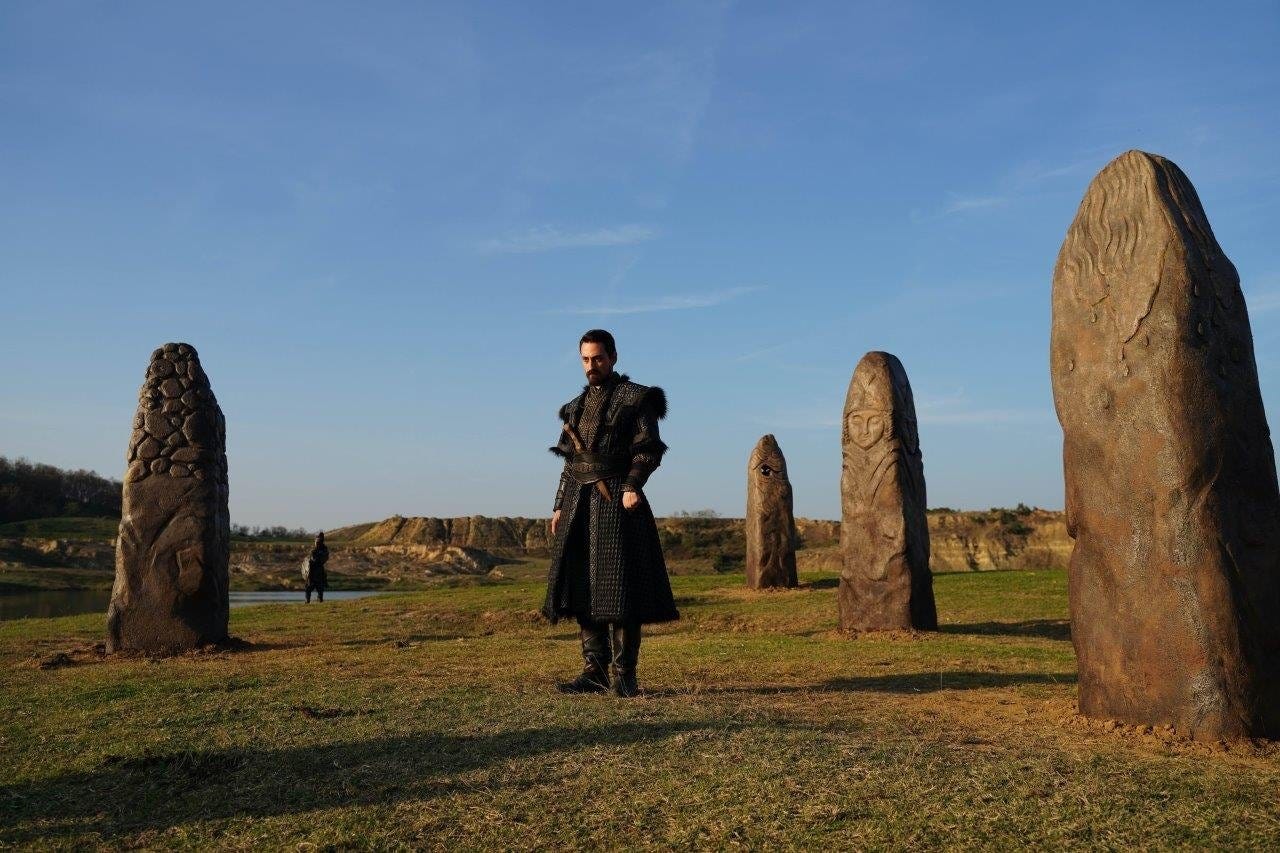
When I first saw the trailer for Destan, I assumed the weird characters below the title were some sort of made-up language akin to Elvish or High Valerian. This was based on the characters not looking like any alphabet I’d seen before, yet at the same time the left-most character looked suspiciously similar to the Latin “D”.
Of course I was wrong, in another demonstration of just how much history there is in the world, and how little we are exposed to in school. That word at the bottom is in the “Old Turkic” script, and thats not a “D” on the left but a “N”; the script is written right to left! From Wikipedia:
The Old Turkic script (also known as variously Göktürk script, Orkhon script, Orkhon-Yenisey script, Turkic runes) was the alphabet used by the Göktürks and other early Turkic khanates from the 8th to 10th centuries to record the Old Turkic language.
Theres some subtleties further down the page about “front vowels” and “back vowels” that will make more sense if you’ve studied a little Modern Turkish, but lets face it, those of us who are only just discovering this script are unlikely to be translating anything serious any time soon.

Amazingly, there are Unicode characters available for Old Turkic (Range: 10C00–10C4F The Unicode Standard, Version 14.0), so if you like you can write it out yourself like so (instructions from here):
Place your screen cursor on the location where you want to insert the special character.
Type the hexadecimal Unicode code point of the character (using the numeric keypad for the numerals and the normal keys for the letters), and immediately after;
Press and hold the left ALT key, press the X key, then release both keys.
The special character will appear at your cursor’s location.
The hex codes for “Destan”, from left to right, are: 10C23, 10C00, 10C43, 10C3E, 10C00, 10C13. You’ll probably have to type them in from right to left though, since your word processor should know to switch to the correct text direction if its anything like mine. If you can’t see the following, maybe you’re missing the required Segoe font or something:
𐰓𐰀𐰾𐱃𐰀𐰣
So what can you do with this script? It seems to be useful for writing on “Balbal” stones like the ones in the picture:

Once you get good, you can learn to write out omens from the Irk Bitig; according to wikipedia the only known complete Old Turkic manuscript, and the coolest thing ever:

Have fun!


